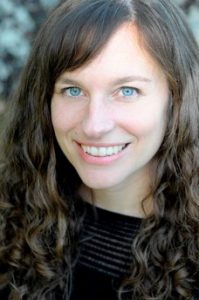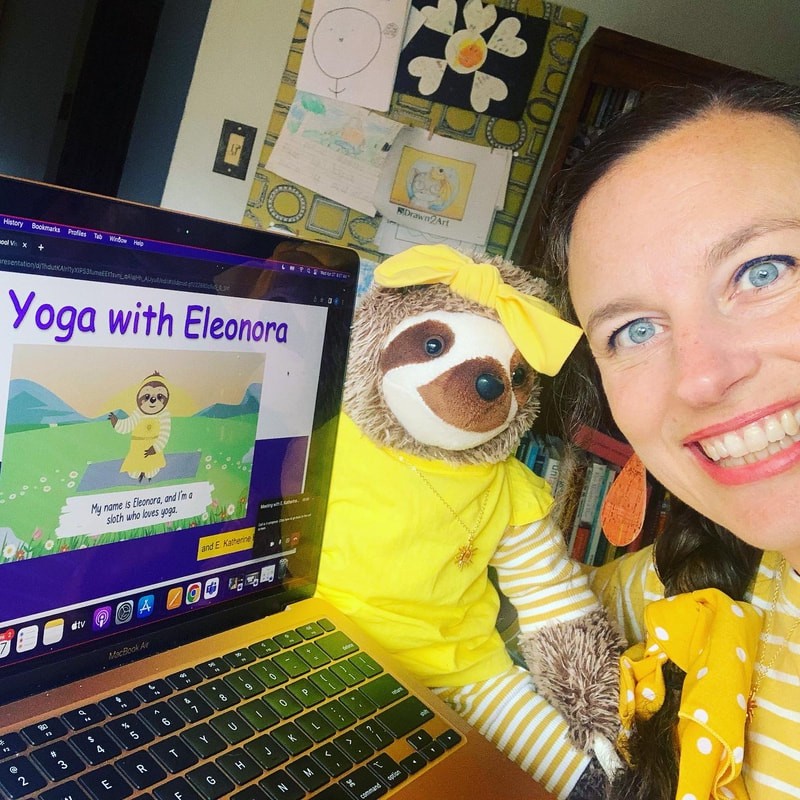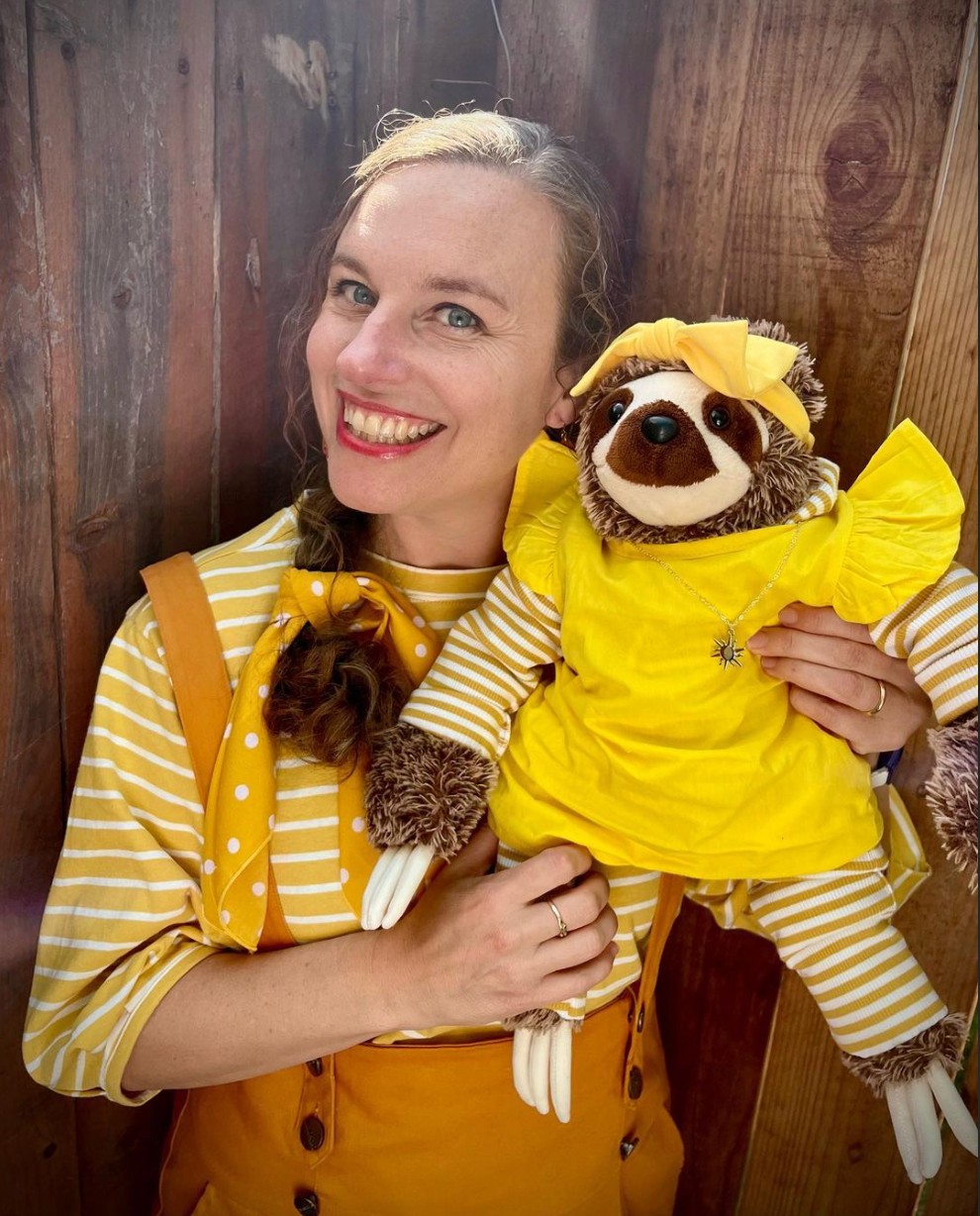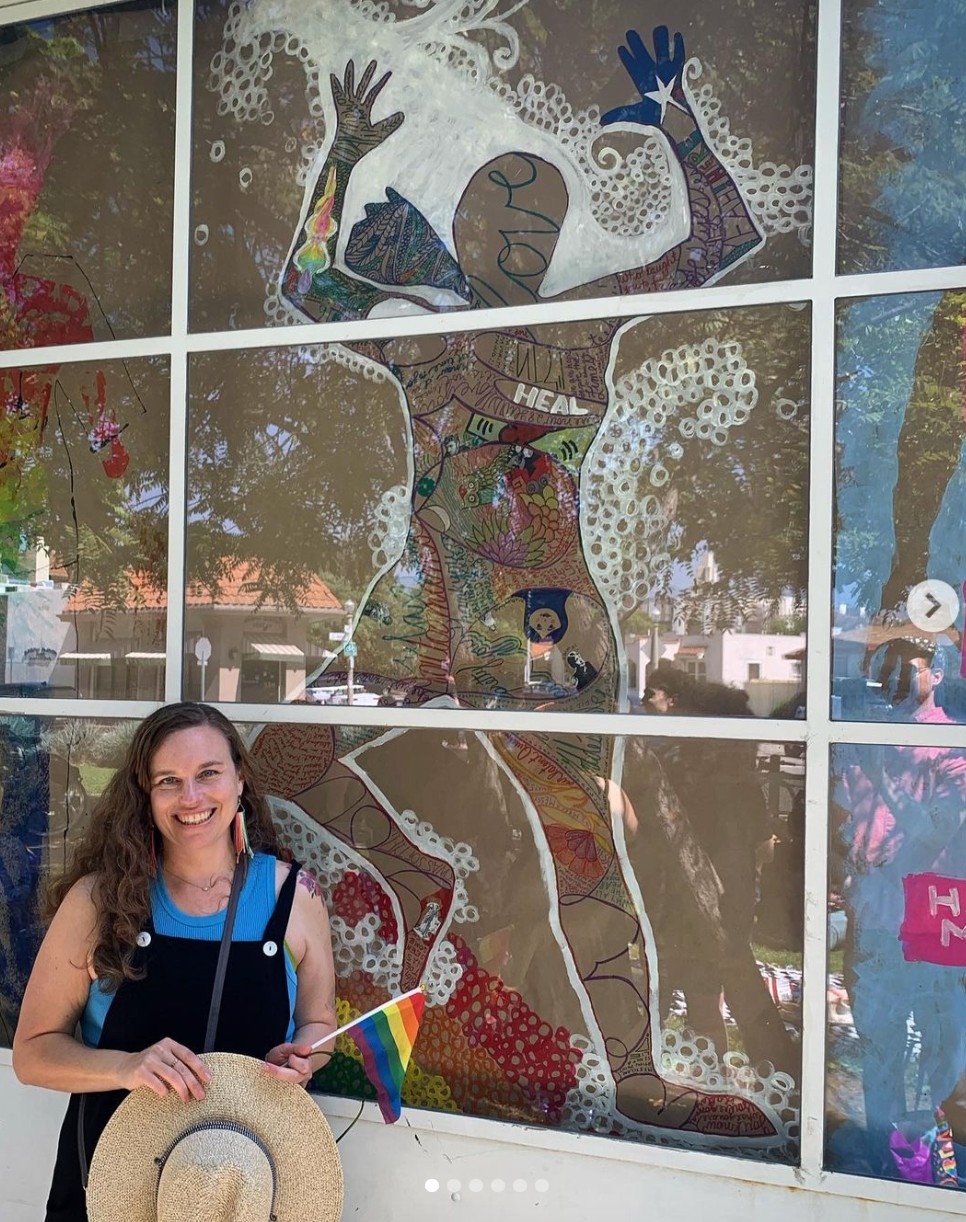
Today we’d like to introduce you to Katherine Kottaras.
Hi Katherine, we’d love for you to start by introducing yourself.
I am interested in the stories we tell, the stories we are given, and the ways we can redefine our worlds by discovering which stories are true. In other words, I love starting with questions, and I am drawn to characters who are complicated and sometimes confusing – maybe even frustrating – the ones who do not fully understand their worlds yet but who set out to find their voice. Historically, children and teens who identify as female and/or are LGBTQ+, like me, have been silenced and/or pressured to be silent for way too long, and I’m interested in writing characters who challenge that history.
As far as my personal story goes, I’ve always loved writing, but I didn’t take my first creative writing class in secret (via UCLA Extension) until I was 25 years old. I became a fan of YA when I was teaching high school, and I was reading authors like Laurie Halse Anderson and Walter Dean Myers along with my students. Like many writers, I was inspired to tell a story that I wasn’t seeing in the YA canon.
I am half-Greek, half-Russian-Jewish, born and raised in Chicago in a culturally and religiously mixed marriage. My father was an immigrant who survived World War II; he was sixteen years old when the Nazis invaded Greece, and he was forced to flee from his home and fight with the guerrilla movement against the German and Italian invaders. He left Greece in 1952 when he was twenty-eight years old; he didn’t know a word of English. My mother, a teacher, was the daughter of Jewish immigrants who fled the pogroms in 1913. Neither of them knew English when they arrived (my grandmother was seven, and my grandfather was thirteen); even after they became citizens, they lived in fear of being discovered and deported for their liberal philosophical beliefs. My parents had me when they were older, and they died too early. I was 17 when my dad died, 30 when my mom died.
My first book, HOW TO BE BRAVE (2015, St. Martin’s Press), specifically started as a thought experiment to see what my relationship with my dad would have been like had my mom died first. As I started writing, Georgia became her own character with her own struggles. Like me, Georgia also feels uncomfortable in her body that’s deemed “overweight” (I put that in quotes intentionally) by society’s standards, and part of her storyline is that she finds confidence in her body, as it is – that losing weight does not equal being brave.
For the past twenty years, I have deepened my exploration of somatic storytelling as a contemplative writer and holistic teacher, having completed two graduate degrees (M.A. English and M.S. Kinesiology with a focus on Integrative Wellness), as well as trained as a yoga teacher, a personal trainer, and a health coach while also living with invisible illnesses and neurodivergence. As such, I am passionate about mindfulness, bodily self-determination, and health equity. As the queer daughter of an immigrant, I believe that holistic and inclusive approaches to expression, healing, and growth should be accessible to all.
More recently, I have had the great honor of being invited to apply these lessons in stories for younger children. I am the voice and co-creator of Yoga with Eleonora on PillowFortTV and the co-writer with Vanitha Swaminathan of the forthcoming picture book A RAINBOW INSIDE MY BODY, illustrated by Holly Hatam (Viking 2024).
Each book teaches you something new about the makings of your own mind or your understanding of the world. With every book I write, this is most definitely true for me. I am increasingly learning to trust my instincts, to stand up for myself, and to stay true to my voice, both in my writing and in the world. It’s not an easy thing in a world that runs on sexism, racism, homophobia, and other forms of bigotry – and I hope that when readers finish reading my books, they will feel inspired to live boldly within their bodies, to find the strength speak out against fear and hatred, and in doing so, to change their own corners of the world as best they can.
Would you say it’s been a smooth road, and if not what are some of the biggest challenges you’ve faced along the way?
As I share with my students, I think it’s important to be honest when discussing how terribly frustrating the writing and publishing process can be. I tell them when I’m experiencing writer’s block; I show them my rejection letters; I let them know that I, too, cry sometimes when the words just will not come. I’ve always believed that my role as both a writer and a teacher is not to proselytize; that my role is to guide and to question. That being said, I do try to live by example, which to me means showing my own vulnerabilities as a human being who’s trying to figure it all out. I find that students appreciate hearing about these experiences, that when I share my own frustrations, they feel more comfortable sharing their own and thereby figuring out ways to deal with them and get their words on the page.
As you know, we’re big fans of you and your work. For our readers who might not be as familiar what can you tell them about what you do?
I am a contemplative writer, holistic teacher, and multimedia artist.
I am the author of the critically acclaimed YA contemporary novels HOW TO BE BRAVE (2015) and THE BEST POSSIBLE ANSWER (2016), both from St. Martin’s Press/Griffin Teen. I am also the writer, voice, and co-creator of Yoga with Eleonora on PillowFortTV and the co-writer with Vanitha Swaminathan of the forthcoming picture book A RAINBOW INSIDE MY BODY, illustrated by Holly Hatam (Viking 2024). In June 2023, my visual art piece, My Queer Body Map: You Were Born From Love, was selected by glendaleOUT at the Adams Mini-Park Gas Station and at the venerable Brand Library for Glendale’s Second Annual Pride Picnic hosted by the Glendale Library, Arts & Culture. I am grateful for the creative invitations to meditate on my body’s histories, presence, and healing/-ed futures through my written and visual works.
In addition to my current position as Associate Professor of English at Pasadena City College, I am proud of my work as a middle, high school, and community college teacher for over two decades. I hold an M.A. in English from the University of California, Irvine, as well as an M.S. in Kinesiology, with a focus on Integrative Wellness, from Point Loma Nazarene University.
Having completed multiple certifications, including becoming a registered yoga teacher (RYT-200, 2011), an ACE-certified personal trainer (2019), and an ACE-certified health coach (2021), while also living with multiple invisible illnesses and neurodivergence, I am passionate about bodily self-determination and health equity. I believe that holistic and inclusive approaches to expression, healing, and growth should be accessible to all.
I have served as a board member for the Children’s Literature Council of Southern California and as a volunteer for We Need Diverse Books. I was especially humbled to be honored as PCC’s 2019 Ally of the Year for my work supporting undocumented and LGBTQ students and received PCC’s 2021 Above and Beyond Award for Outstanding Service to Students.
I am the queer daughter of immigrants. My Greek father fought against the Nazis during World War II when he was only fifteen years old; my mother’s Jewish family fought against and ultimately were forced to flee the pogroms in the Pale of Settlement. As such, I am interested in the stories we tell, the stories we are given, and the ways we can redefine our worlds by discovering which stories are true. I believe in working towards a future that is inclusive, empathetic, and full of love.
I also love to garden, woodwork, craft with thrifted and reclaimed items, snuggle with fluffy animals, hike flat wooded paths, and draw on the kitchen walls while waiting for the spaghetti timer to go off.
What has been the most important lesson you’ve learned along your journey?
Of course, the struggles come from beyond the writing process itself. In an age where so many distrust trust logic, facts, and reality have seemingly lost higher moral truths about the essence of humanity, the nature of love, and integrity of the human spirit, I find myself raging, which itself is an emotion that is too often degraded, downplayed, and distrusted. I often ask myself: What is an appropriate response to being discounted and threatened as a woman? What is an appropriate response to the constant attacks on BIPOC, indigenous, and queer kids and families, including my own? What is the appropriate response to politicians who deny the climate crisis, let alone funding for infrastructure in the face of that change, all while people die during unprecedented catastrophes? What is the appropriate response to the war games of maniacal politicians who threaten the lives of millions?
When do emotions matter? When does our rage matter? As a somatic practitioner and contemplative teacher, I continually ask myself: When does my rage serve me? When does it deplete me? How do I respond? Where can I use my voice? Where can I put my body? What can I change? What do I do with these strong emotions that are themselves valid and hard-earned?
Every single day, I remember my parents, and specifically the words of my mother who used to say, “No one ever has the right to take your joy away.” (After we’d argue, my mother would repeat this refrain, and she’d add, “Not even me.”) So then: I decided that I won’t let the royal “them” win. I won’t let them take away my joy.
So I walk and hike, practice yoga, and meditate. I garden, cook, eat, and spend time with family and friends. I call representatives, register voters, and involve myself in local and national politics. I try to support good institutional change. I try to support my students as best I can.
And yes, I write. Writing is sometimes the escape, sometimes the mirror, sometimes the medicine. As Joan Didion wrote, “We write to discover what we think.”
I look at my teen and think of the work my parents and grandparents did, the risks they took, the hell they went through, and the hope they had for my future. Sometimes I collapse into my writing since it’s one of the few places where I can be honest, where I can figure it out. It’s the only place where I can be honest with myself. The only place where I can find answers to questions, discover new questions, discover and create new worlds. Sometimes, it’s the only place I have power – and when I say power, I mean a place to feel. A place to rage. A place to find my way back to hope, my way back to joy.



















